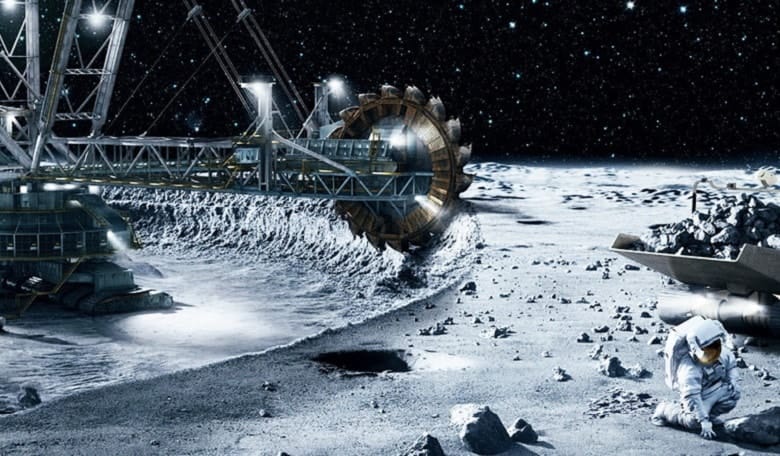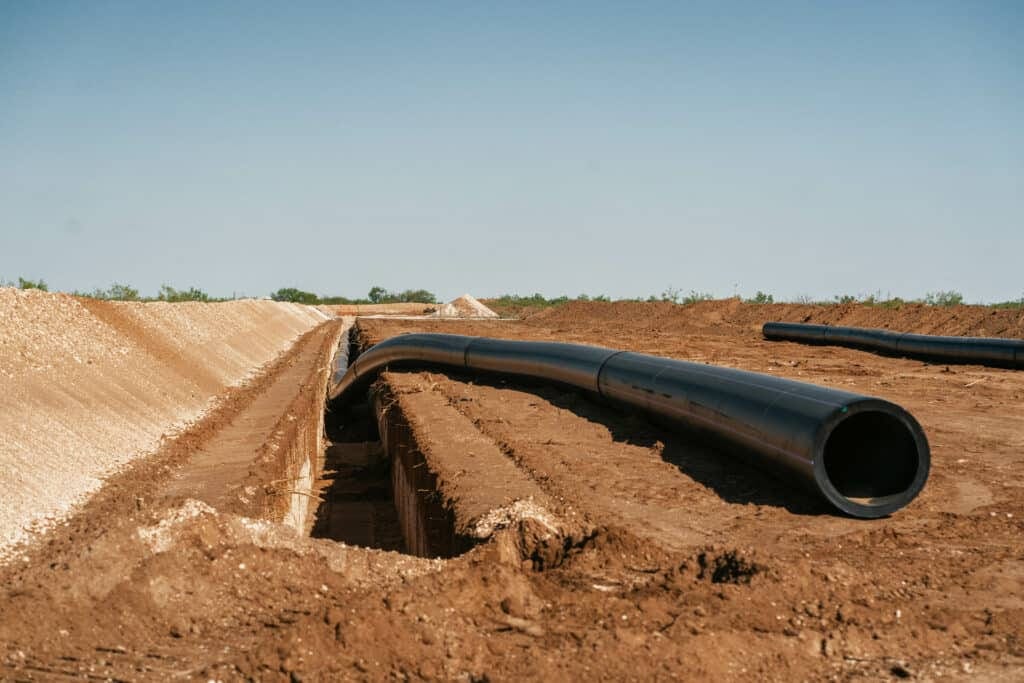The concept of mining the moon, often referred to as so-called “moon mining,” evokes images of distant astronauts harvesting valuable resources against a backdrop of the stunning lunar landscape. As our technological capabilities advance and the appetite for resources on Earth continues to grow, moon mining has emerged as a serious area of interest for scientists, engineers, and policymakers alike. This blog post will delve into the myriad aspects of moon mining, including its potential benefits, challenges, and the current state of research and development in this nascent field. dcpipe pipeline expert
Understanding Moon Mining
Moon mining refers to the extraction of resources from the lunar surface. Unlike traditional mining on Earth, where we exploit minerals directly from the crust, moon mining focuses on a range of materials that the moon can offer. These resources may include:
- Helium-3: A light isotope of helium that is rare on Earth but believed to be abundant on the moon. Helium-3 is seen as a potential fuel for future nuclear fusion reactors, promising a cleaner, almost limitless energy source.
- Rare Earth Elements: Essential for modern electronics and renewable energy technologies, these precious materials could be available in smaller concentrations within lunar soil.
- Water Ice: Discovered in permanently shadowed craters, water is invaluable not only for sustaining human life in extraterrestrial habitats but also for splitting into hydrogen and oxygen, providing fuel for rockets.
- Silicates and Metals: Lunar regolith, or moon soil, contains elements like aluminum, titanium, and magnesium, which could be utilized for construction and manufacturing in space.

The Motivations Behind Moon Mining
Resource Scarcity on Earth
With the Earth’s natural resources under increasing pressure, the continued focus on sustainability and exploration of alternative sources becomes imperative. Moon mining represents an opportunity to mitigate resource scarcity by tapping into previously unutilized reserves. The demand for metals, especially for use in technology and renewable energy, has led companies and governments to explore options beyond our planet.
Technological Advancement
The pursuit of moon mining can drive technological innovation. The challenges associated with transporting, extracting, and processing lunar materials can lead to advancements in robotics, artificial intelligence, telecommunications, materials science, and more. Technologies developed for moon mining could, in turn, benefit various industries on Earth.
Strategic Interests
The moon’s strategic significance cannot be understated. As nations and private entities race to establish a presence in space, securing access to lunar resources may provide a geopolitical advantage. The emerging lunar economy could present lucrative opportunities, making moon mining not only a matter of scientific curiosity but also of national interest.
Current Advancements in Moon Mining
A number of national space agencies and private companies are actively exploring the feasibility of moon mining:
NASA and International Collaboration
NASA has started laying the groundwork for lunar exploration through its Artemis program, which aims to return humans to the moon by the mid-2020s. In parallel, partnerships with international space agencies and private entities are fostering collaborative approaches to lunar resource utilization. Missions aimed at searching for ice in the lunar poles and potential testing of in-situ resource utilization are underway.
Private Sector Initiatives
A new wave of private companies has emerged, seeking to capitalize on lunar resources. Companies such as SpaceX, Blue Origin, and Astrobotic are developing advanced transportation and robotic systems for lunar exploration. These ventures indicate a shift in space exploration from solely government-driven efforts to a broader commercial landscape.
Research and Development
Academic institutions and research organizations around the globe are conducting studies to understand the feasibility and methodology of resource extraction on the moon. Initiatives such as the Lunar Polar Exploration Program are focused on locating and characterizing ice deposits, while engineers work on developing small-scale mining technologies suitable for the moon’s harsh environment.
Challenges to Moon Mining
While the potential benefits of moon mining are significant, ample challenges remain that must be addressed:
Technical Hurdles
The extraction of resources from the moon poses several technical challenges due to its unique environment. The moon’s low gravity, extreme temperatures, and lack of atmosphere result in unique mining conditions that require specialized and robust technology. Moreover, transporting equipment to the moon and returning with extracted materials poses logistical challenges.
Legal and Ethical Considerations
The legal framework governing moon mining is currently vague, relying on the Outer Space Treaty of 1967, which states that celestial bodies cannot be claimed by any nation. As commercial interests in lunar resources grow, the international community must collaboratively establish clear guidelines that govern ownership, extraction, and environmental protection of lunar resources.
Financial Viability
The economics of moon mining are complex. While early missions may come with high costs, the long-term viability of establishing mining operations will depend on the sustained demand for lunar resources, advancements in extraction technology, and potential return on investment. Careful financial planning and governmental support will be crucial to ensure the success of any moon mining venture.
Conclusion
Moon mining represents a frontier ripe with potential but fraught with challenges. As we transition into an era of renewed space exploration, the need to understand and navigate the complex technological, legal, and ethical landscapes of lunar mining will be essential. Engaging in international dialogue and collaboration will pave the way for the responsible development of lunar resources and fortify our ability to sustain humanity’s presence beyond Earth.
In summary, the journey toward moon mining is not merely about harvesting valuable minerals; it symbolizes humanity’s aspirations, ingenuity, and drive to stretch beyond our planet. As we stand on the threshold of a new era in space exploration, the opportunities and challenges of moon mining beckon us to imagine a future where the moon is not just a celestial body, but a cornerstone of human development and sustainability in the cosmos. dcpipe pipeline expert

